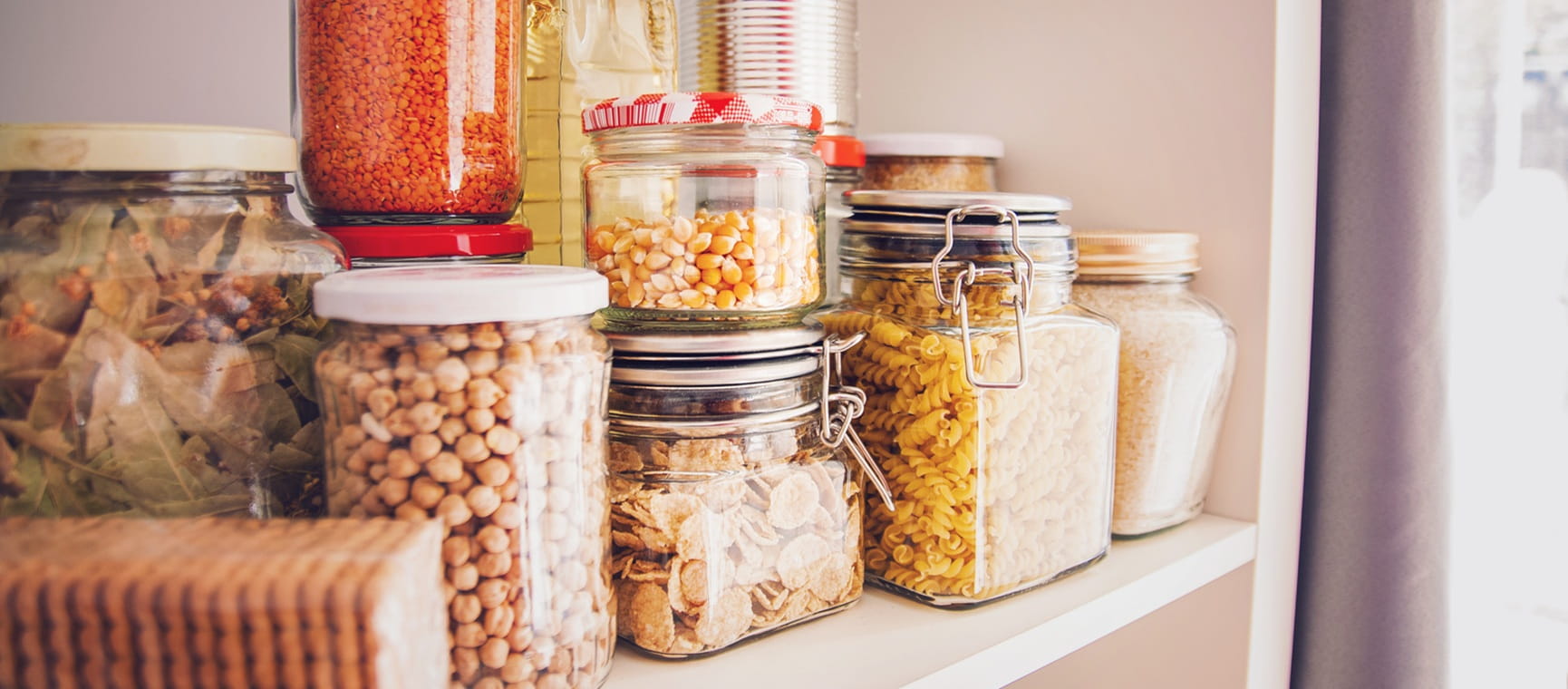Homes
Practical advice, real-life reviews and design inspiration to help you create the home you’ve always wanted.

Paul Hollywood’s courgette and lime cake
Make this easy and delicious courgette and lime cake from Great British Bake Off judge Paul Hollywood.

Read all about it: Our 10 book storage ideas will lift your library

7 things I wish I’d known before buying an air fryer

What’s the best rug size for my living room?
We’ve got expert advice on how to choose the right size rug for your living room and the best style for you.

The secrets of cafe-quality coffee (and it’s not just about the machine)

9 vacuuming mistakes to avoid
Learn how to avoid the most common vacuuming mistakes to ensure that your floors are spotless and free from allergens.

Six of the best Rioja wines to buy now

Don’t store these 7 foods in the fridge
These foods will lose flavour and freshness if you store them in the fridge.

How well stocked is your store cupboard?

Stop wasting money on these household habits

Best supermarket chicken chow mein

Noor Murad's loomi lemon chicken

The secrets of cafe-quality coffee (and it’s not just about the machine)

7 things I wish I’d known before buying an air fryer

Perfect for browsing at home or on the go, the Saga Magazine app is packed with exclusive digital only content including interactive puzzles and games. You can even listen to some articles with our new audio feature.
Play our free daily puzzles
Beat the boredom and exercise your mind with our selection of free puzzles.



